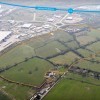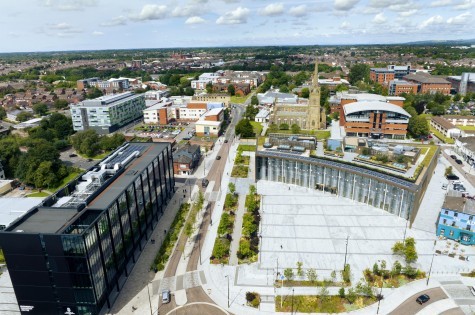Permission is being sought to build a large-scale solar farm which would help power Blackpool Airport, the forthcoming Silicon Sands development and would reduce the Blackpool Council's net electricity consumption by up to three-quarters.
The proposed 20MVA solar farm would be located at the airport, allowing it to generate its own renewable electricity, including support for the next generation of sustainable hybrid/electric battery powered aircraft.
The development would mean the closure of the smaller 13/31 crosswind runway. Accounting for only four per cent of flights from the airport last year, the council says that it costs significantly more money to maintain than it generates in aeronautical and commercial revenue.
Coun Jane Hugo, cabinet member for climate change at Blackpool Council, said: "The council and its companies own a significant number of buildings and homes, as well as an airport, all of which are large energy consumers. These solar farm proposals would allow us to generate our own green energy, reducing our carbon emissions and energy bills considerably.
"It will also help support our plans to grow the local economy, by providing green energy to data centres and businesses at Silicon Sands, as well as helping the airport to explore the next generation of sustainable aviation.”
A screening application for the solar farm has been submitted to Fylde Council, which if approved could lead to it being operational by the latter end of the decade.
Steve Peters, managing director of Blackpool Airport, said: “This is an opportunity for the airport to make best use of the land by repurposing it so that it creates a revenue stream for the airport while reducing our energy bills and supporting our ten-year plan to become more financially sustainable.
“Installing solar farms at airports is increasingly common, with operational farms at Gatwick, Belfast, Southend, Newquay and plans for more at Edinburgh, Glasgow and other airports in the UK and across the world.
“Runway 28/10 at 1,800 metres long provides good capability for a busy airport which handles around 40,000 flight movements per year, and this move would support our wider plans to improve the airport even further in the coming years.”
Enjoyed this? Read more from Tim Aldred



















